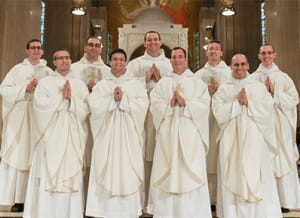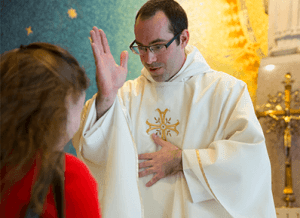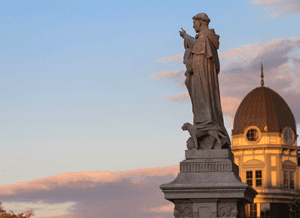The Nativity of Saint John the Baptist
![Bartolomé Esteban Murillo "The Infant Saint John with the Lamb" [Detail] (1660-5) Oil on canvas The National Gallery](https://dominicanfriars.org/wp-content/uploads/2015/06/St.-John-400x250.jpg)
Bartolomé Esteban Murillo
“The Infant Saint John with the Lamb” [Detail] (1660-5)
Oil on canvas
The National Gallery
John is “Elijah (who) must come.” The fire of the Spirit dwells in him and makes him the forerunner of the coming Lord. In John, the precursor, the Holy Spirit completes the work of “[making] ready a people prepared for the Lord.”
John the Baptist is “more than a prophet.” In him, the Holy Spirit concludes his speaking through the prophets. John completes the cycle of prophets begun by Elijah. He proclaims the imminence of the consolation of Israel; he is the “voice” of the Consoler who is coming. As the Spirit of truth will also do, John “came to bear witness to the light.” In John’s sight, the Spirit thus brings to completion the careful search of the prophets and fulfills the longing of the angels. “He on whom you see the Spirit descend and remain, this is he who baptizes with the Holy Spirit. and I have seen and have borne witness that this is the Son of God…. Behold, the Lamb of God.”
Finally, with John the Baptist, the Holy Spirit begins the restoration to man of “the divine likeness,” prefiguring what he would achieve with and in Christ. John’s baptism was for repentance; baptism in water and the Spirit will be a new birth.
Taken from the Catechism of the Catholic Church: Paragraphs 717 – 720
The Dominican Foundation of Dominican Friars Province of St. Joseph, Inc. is a NY State tax-exempt corporation under section 501(c) (3) of the Internal Revenue Code, with
Tax ID # 26-3273636.






